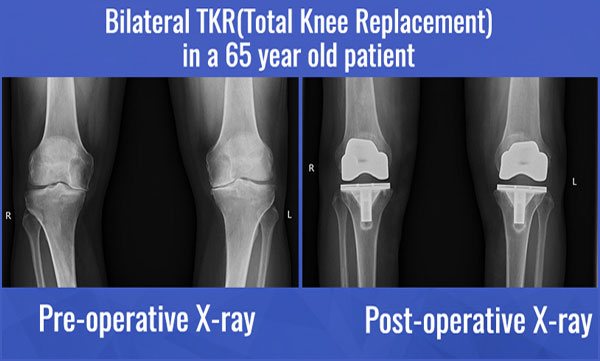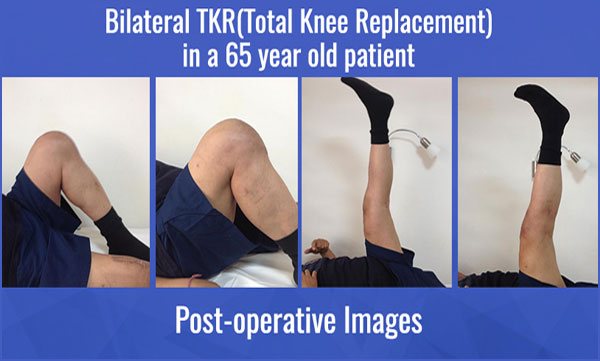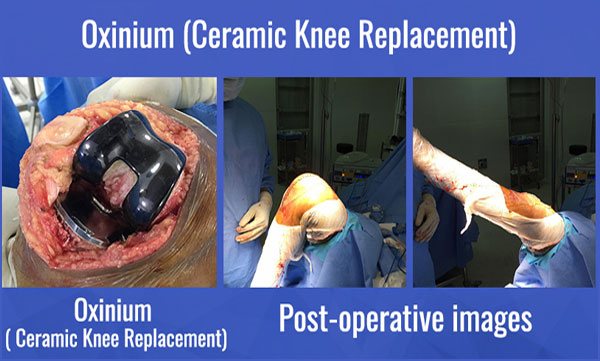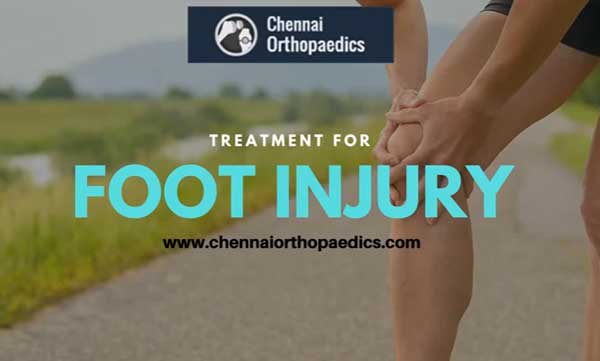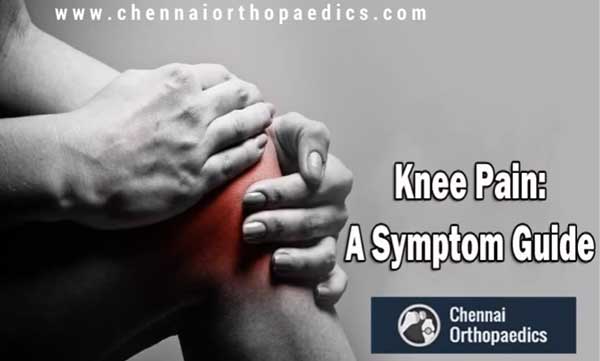Date :07-Oct-2025
WHAT IS KNEE DISLOCATION?
Now, one might ask: what exactly is a knee dislocation? This isn’t just any common knee injury. A true knee dislocation occurs when the joint between the tibia and femur is completely disrupted — meaning your knee isn’t sitting where it’s supposed to be, but has shifted out of place entirely. People often confuse this with a much more common condition where the kneecap slips out of its groove on the thigh bone — known as a kneecap dislocation (or patellar dislocation). While that can be painful, a full knee dislocation is far more serious and can even threaten blood vessels and nerves around the knee.
WHAT CAN CAUSE THIS?
Would a simple fall cause an injury this severe? Actually, no. A true knee dislocation requires a tremendous amount of force — something a normal fall simply can’t produce. So, what can cause it? Typically, it’s the result of high-energy trauma, such as:
- Car accidents
- Major sports injuries
- Any significant impact that violently pushes the thigh bone (femur) and shin bone (tibia) out of alignment
This is why knee dislocations are considered orthopaedic emergencies — they don’t just happen from a slip or trip.
HOW DO WE IDENTIFY A KNEE DISLOCATION?
Usually, a dislocated knee is visibly out of place — the joint looks deformed. The knee becomes extremely painful and swollen, and the person is unable to walk. In some cases, the knee may slip back into place on its own without medical attention. However, the pain, swelling, and instability will persist, signalling that the injury is still serious. In severe cases, the lower leg may appear pale or feel numb. These symptoms can indicate arterial damage (disrupted blood supply) or nerve injury, both of which are medical emergencies and require immediate treatment.
WHY IS THIS SO SERIOUS?
This is a serious situation because a major artery supplies blood to the lower leg. If that artery is damaged or blood flow is blocked, it can quickly lead to loss of circulation. Without urgent treatment, this may result in tissue death and, in extreme cases, amputation of the limb.
DIAGNOSIS
A knee dislocation can easily be diagnosed through a combination of patient history, a thorough physical examination including special tests, and advanced imaging like X-rays, CT scans and MRIs.
TREATMENT FOR KNEE DISLOCATION: NATURAL V SURGERY
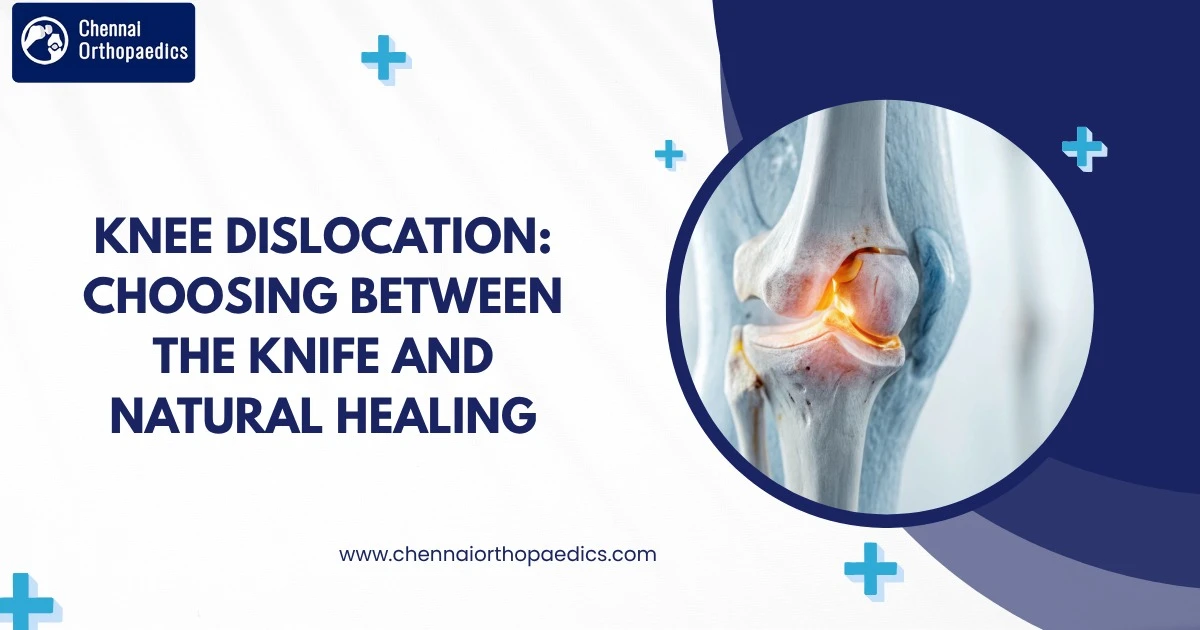
So, you've dislocated your knee and now you're wondering, What's next? The answer really depends on how bad the injury is. Sometimes you can get better without surgery, but most of the time, a surgery is needed.
The Non-Surgical Path
You might be a candidate for non-surgical treatment if:
- The bones of your knee were put back into place successfully.
- The injury didn't damage any nerves or blood vessels.
- Your ligaments weren't severely injured.
If that's your situation, your doctor will likely recommend:
- Wearing a brace or cast to keep your knee stable.
- Following the R.I.C.E. method (Rest, Ice, Compression, and Elevation) to help with pain and swelling.
- Taking medication for pain and inflammation.
- Starting physical therapy to slowly regain strength and movement.
The good news is you'll avoid the risks of surgery. The tough part is that recovery can take longer, and if your ligaments were badly stretched, your knee might not feel as stable as it once did, even after you've healed.
The Surgical Path
Surgery is usually necessary when:
- One or more of your major ligaments (ACL, PCL, MCL, or LCL) are completely torn.
- The injury has damaged blood vessels or nerves, which can be a serious medical emergency.
- Your knee keeps feeling wobbly and slipping out of place.
The surgery itself might involve repairing torn ligaments or fixing any damaged blood vessels and nerves. Sometimes, it takes more than one operation to get everything right. Afterwards, you'll need to go through a long period of rehabilitation and physical therapy to get your movement, strength, and stability back. The biggest advantage of surgery is that it gives your knee the best chance to be stable again, which can prevent long-term problems. However, you'll have to deal with a higher risk of infection, potential stiffness, and a longer recovery time compared to a non-surgical treatment. No matter which path you take, the goal is to get you back on your feet and feel confident in your knee again.





